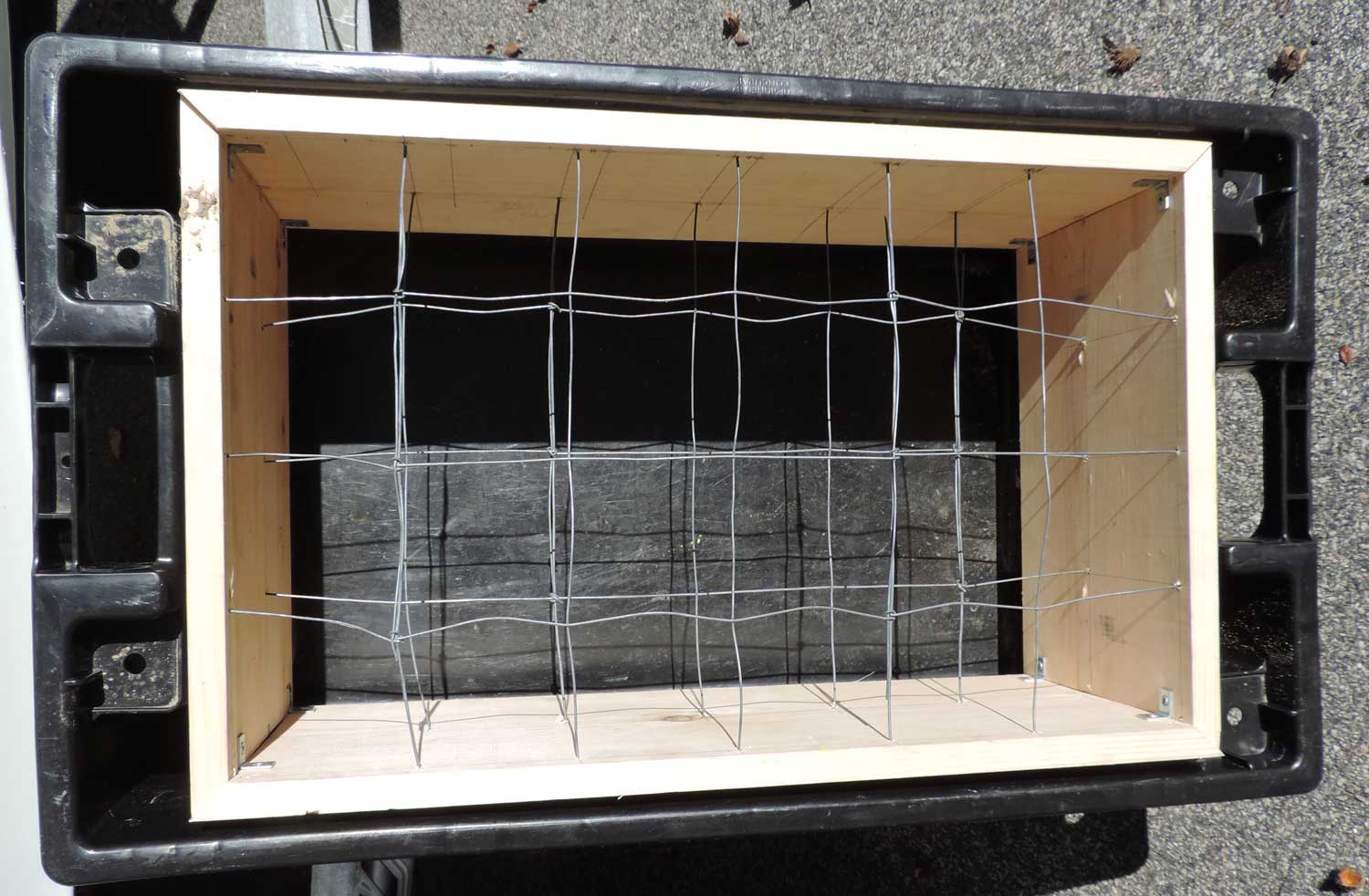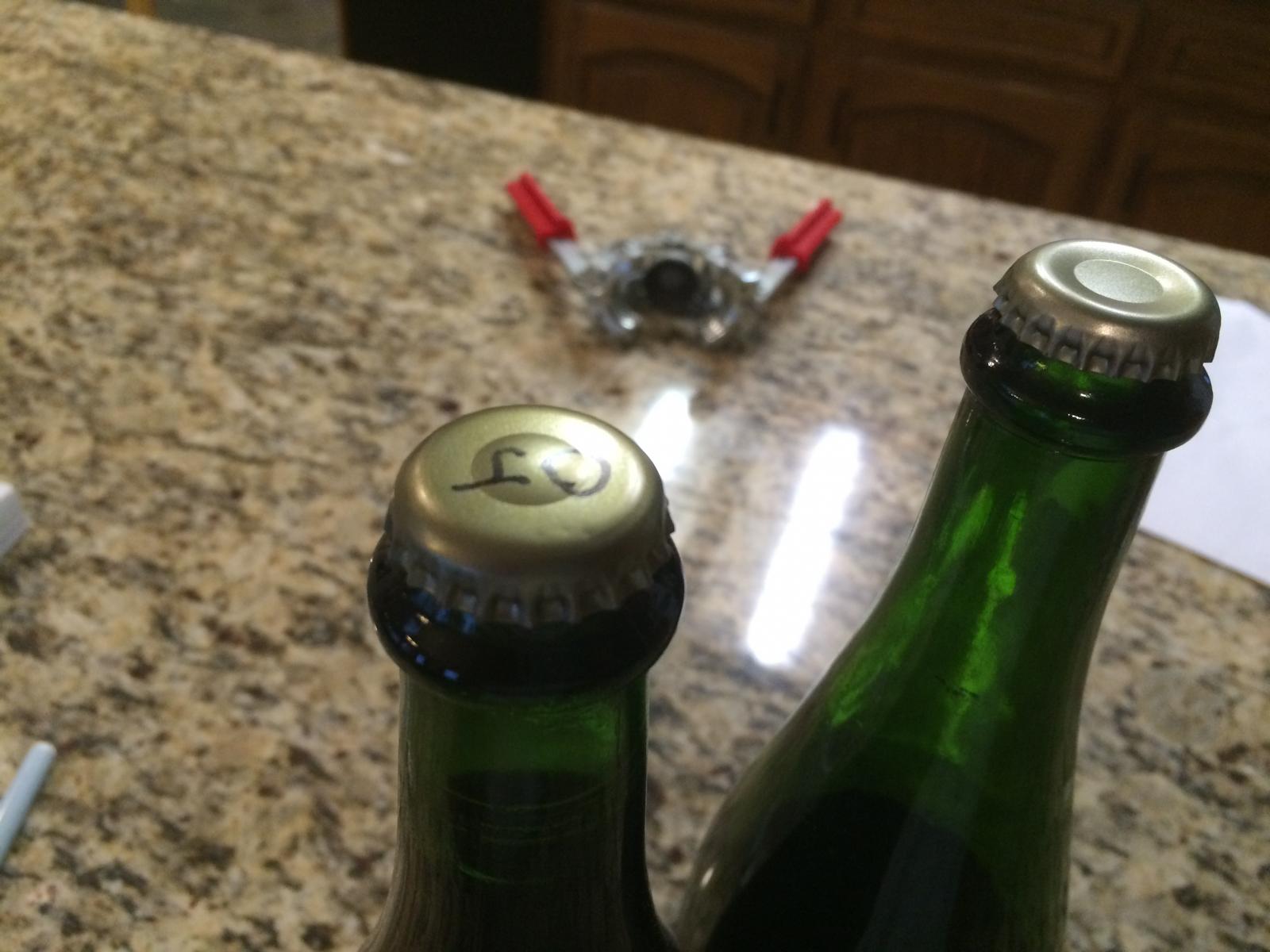
I too have left many bottles in the freezer. Ill give you a short answer and an abbreviated long answer as the decades long pursuit of a quality, carbonated, not-bone-dry, aged cider led down many rabbit holes.
In a word, cyser. Quality AJ from the orchard + 0.4 to 1.0 pound of honey per gallon of juice + Champagne yeast. Bottle condition in real champagne bottles only, 2 teaspoons of granulated sugar per 750 ml champagne bottle. Age at least two years.
The juice needs to be quality juice and unadulterated. Ive tried adding acid blend, lactic acid, grape tannins, raisins, chopped raisins, pureed raisins, golden raisins, and hops but it all tasted artificial. Ive also tried various spices too numerous to list but briefly cinnamon and ginger didt work.
Honey is poured in straight, not heated or treated. Cant say whether store brand or local sourced artisanal is better; currently testing that hypothesis. Im a sour head so Ive been hoping to get a sour cyser from unfiltered, untreated, unpasteurized honey but havent yet. Although most sources say honey is completely fermented, in my experience it leaves a residual sweetness that prevents dryness. Zero point 4 pounds of honey per gallon produces a brut type cider while one pound per gallon is demi-sec. Most AJ is around 1.050 S.G. and ferments to 1.000 or slightly below. Champagne must is around 1.090 to 1.110. Honey adds about 43 points per pound so one pound in 5 gallons adds about 8 points per gallon. AJ sugars are simple and are fermented completely by virtually all yeasts, dont go down the rabbit hole of searching for a yeast that wont completely dry out AJ, they all do.
Champagne yeast only. It gives that nice mousse, is said to be bactericidal, tolerates higher alcohol levels, ages nicely and can rest on the bottom for years. I think it does keep bacterial infections in check, hence Ive never had infections despite using raw honey. Not affiliated but Ive used a Red Star champagne yeast for years and its dirt cheap.
Champagne bottles only, not faux champagne bottles. If you use real bottles they wont explode if you over carbonate. The cap will fail before the bottle shatters.
Age 2 years at least and you get a nice bubbly that rivals vintage champagne. If you make an overly dry cider you can pour a splash of Apple Jack and a dollop of simple syrup (or agave syrup but not honey as it wont dissolve) in the bottom of a chilled large glass. Swirl until the syrup dissolves in the Apple Jack then tilt chilled glass towards tilted chilled bottle of dry cider and pour cider gently down the side of the glass to float/mix the Apple Jack/syrup with dry cider and you have a great cider cocktail.
As in most cases the best answer is the simplest. Ive tried keeving, chemical keeving, cold crashing, permanent cold crashing, pasteurization, sorbate/SMB, riddling with dosage, 530 nm light, artificial sugars, stevia, filtering/keg carbing/bottling (so-called soda-streaming) and many others too nutty to mention. Cold crashing also works well and I use it for sours that need a year or two, in particular Flanders Reds, but for these cysers I worry that I wont be able to cold crash for 5 or more years. Hope that helps. Still doesnt solve the yeast in the bottle question but Ive come to embrace it as it adds flavor and my recollection is that they leave grande cuvee champagne on its lees for 5-7 years. Also not sure if this really is a cyser/cyzer or just a honey chaptalized cider or apple wine.




 I too have left many bottles in the freezer. Ill give you a short answer and an abbreviated long answer as the decades long pursuit of a quality, carbonated, not-bone-dry, aged cider led down many rabbit holes.
I too have left many bottles in the freezer. Ill give you a short answer and an abbreviated long answer as the decades long pursuit of a quality, carbonated, not-bone-dry, aged cider led down many rabbit holes. 
